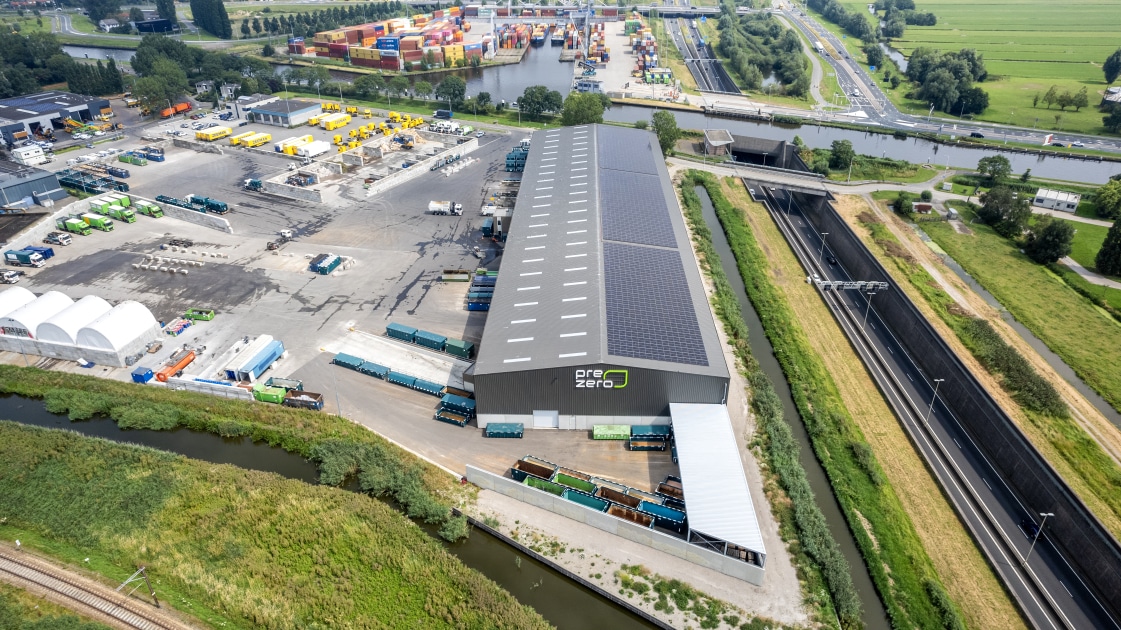The UK, a leading global market for renewable energy investments, initiated its “Post-Subsidy” phase in September 2017 and has experienced consistent growth since.
The UK Post-Subsidy phase in September 2017 saw a significant increase in investment plans for Battery Energy Storage Systems (BESS), surpassing the record-breaking levels of the “solar boom” era.
This phase has been characterized by a notable resurgence in numerous projects, as countless sites, previously denied planning permission, have triumphed in obtaining approval during the appeal process. This transition signifies an escalating dedication to BESS technology and its potential to revolutionize energy management. Additionally, it highlights the emergence of a more receptive regulatory environment, which actively promotes the sector’s growth, fosters innovation, and paves the way for a sustainable, low-carbon future.
The United Kingdom excels as a premier global market within the renewable energy domain, attracting substantial investments that fuel growth and innovation in the energy storage market. This rapidly expanding sector plays a crucial role in efficiently managing power supply from intermittent renewable sources, enhancing grid stability, and facilitating the integration of electric vehicles. These advancements fortify efforts to combat climate change and contribute to the progression of a sustainable economy.
In 2022, the UK’s operational capacity for energy storage sites experienced a significant boost, with an increase of nearly 800 MWh—marking the highest annual deployment figure to date. This impressive growth sets the stage for gigawatt-hour additions extending through 2030 and beyond. Consequently, the UK’s energy storage pipeline saw a substantial expansion, reaching 34.5 GW in 2022. By the end of the year, a total of 2.4 GW/2.6 GWh of battery storage sites were successfully connected.
The planned capacity for energy storage in the UK is now predominantly composed of large-scale projects. In 2017, the first surge of submitted applications resulted in a total capacity of 4.8 GW spread across 238 sites throughout the year. However, following the removal of the 50 MW threshold in 2020, the subsequent wave of applications in 2021 comprised 229 sites, with an overwhelming total capacity of 11.3 GW. Despite the similarity in the number of applications, the stark contrast in capacity highlights the shift towards larger projects in recent years.
During Q3’22, over half of the submitted capacity (4.4 GW out of 7 GW) came from sites exceeding 100 MW in size, while almost all of the capacity submitted during this period (6.5 GW out of 7 GW) was from sites larger than 50 MW. This data highlights the continued trend toward larger projects, as developers increasingly prioritize scale and efficiency to maximize the potential of renewable energy sources.
The remarkable progress witnessed during 2022 indicates a highly promising future for the UK energy storage market, with expectations of substantial additions to the connected energy storage capacity in the coming years. This growth underscores the nation’s commitment to transitioning towards a sustainable, low-carbon future, as well as its recognition of the vital role energy storage systems play in achieving this goal.




